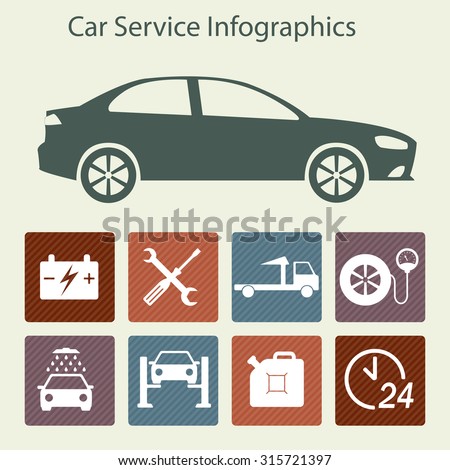An Initial Guide To Decoding Your Vehicle'S Caution Indicators
An Initial Guide To Decoding Your Vehicle'S Caution Indicators
Blog Article
Write-Up Created By-Guy Eriksson
When you lag the wheel, those little caution lights on your car's dashboard can be rather complicated. What do they imply, and should you be worried? Comprehending these signals is crucial for your car's wellness, however it doesn't need to be a complicated task. By decoding the secret behind each light, you'll be equipped to manage potential issues efficiently and keep your auto running efficiently. So, following click for info , do not panic - arm on your own with knowledge and take control of the scenario.
Importance of Auto Warning Lights
Comprehending the relevance of your vehicle's caution lights is crucial for preserving your lorry's health and wellness. These lights serve as your auto's interaction system, alerting you to possible issues that might jeopardize your safety when traveling or lead to expensive fixings if neglected. By focusing on click for more , you can resolve troubles early and prevent more damages to your automobile.
Neglecting warning lights can cause severe effects, such as engine failing, brake breakdowns, and even crashes. These lights are designed to alert you of issues varying from reduced tire stress to engine breakdowns, giving you the chance to act prior to the circumstance intensifies. Regularly checking and recognizing these warnings can save you time, money, and ensure your safety and security while driving.
Along with keeping you safe, responding immediately to advising lights can additionally help lengthen the life-span of your cars and truck. By dealing with issues beforehand, you can prevent little problems from intensifying right into major repairs, eventually conserving you money and time in the future. Bear in mind, your vehicle's caution lights are there for a reason - do not neglect them!
Common Caution Lights and Meanings
When it comes to driving your automobile, recognizing typical caution lights and their significances is vital for your safety and automobile maintenance. Here are a couple of typical warning lights you may come across:
1. ** Check Engine Light **: This light suggests a concern with your engine. Maybe something minor like a loose gas cap or something much more significant like engine misfiring.
2. ** Battery Light **: This light signals an issue with your cars and truck's charging system. It could suggest a faulty battery, alternator, or various other related parts.
3. ** Oil Stress Light **: When this light begins, it means your engine might be running low on oil or experiencing reduced oil stress, which can bring about engine damages otherwise addressed quickly.
4. ** Brake System Light **: This light shows a concern with your braking system. It might mean reduced brake fluid degrees or an issue with the brake system that needs immediate focus.
Comprehending these usual caution lights will assist you recognize potential concerns at an early stage and protect against more significant troubles later on.
Exactly how to Respond to Warning Lights
In the event that a caution light illuminates on your vehicle's control panel, it's critical to respond immediately and appropriately. When a warning light begins, the very first step is to consult your proprietor's manual to recognize the specific concern shown by the light.
Some lights call for prompt focus, while others may show a much less urgent matter. If the caution light is red or flashing, it's commonly an indication of a severe trouble that needs immediate action. In such situations, it's suggested to pull over securely, shut off the engine, and seek specialist aid.
For yellow or orange warning lights, while they may not require immediate focus, it's still essential to resolve the underlying issue without delay to avoid further damage. Normal upkeep and evaluation can assist avoid cautioning lights from beginning all of a sudden.
Conclusion
To conclude, understanding your auto's caution lights is essential for preserving your vehicle's health and safety. By on a regular basis inspecting and reacting to these warnings, you can address possible problems early and avoid expensive fixings or security dangers. Keep in mind to consult your owner's guidebook for information on various caution lights and always take prompt action for red or blinking lights. Keep positive and keep your cars and truck running efficiently!
